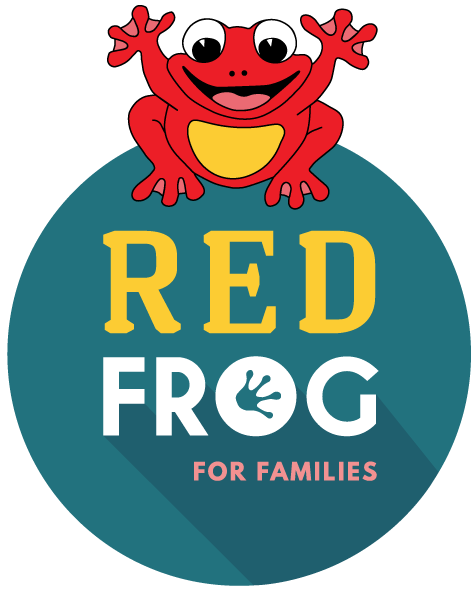Early Language Strategies
Speech and language are critical components of communication during a child’s development.
Communication helps us to:
understand what is going on in the world around us.
allows us to converse with others.
state our feeling/emotions/needs/wants.
It supports learning and development across different environments e.g., home, school, extracurricular activities.
Here are a few strategies to support early language development that you can try at home.
Simple tips:
Keep language simple e.g., use words that your child can use e.g., “it’s gone”, rather than “it’s disappeared”.
Copy your child’s actions/sounds/gestures when playing. Supports reciprocal interactions.
Use intonation in your voice, make funny voices, sounds to support attention and engagement.
Offer choices e.g., “would you like the red car or the blue car?”
Support language with Key Word Sign. Providing more than one option to communicate will enhance their communication.
Follow their lead - copy their play. Shows your child you are interested in them and their play - play is learning!
Reduce questions - make statements instead. Communicating isn’t a “test or a quiz”. Rather than “show me the blue cat?” You could say “oh look, there’s the blue cat”.
Self-Talk: This refers to narrating something, such as a routine or an activity that you complete throughout the day. E.g., making a sandwich, brining in the washing. It provides your child with a “model of language.” Research supports this approach. Evidence suggests a strong correlation between increased language acquisition in children whose parents REGULARLY use self-talk. Start using “self-talk” in short bursts throughout the day.
Example of self-talk: Breakfast time. “Let’s put the bread in the toaster, push the button down. “Pop! There’s our toast. It’s ready! It just popped up”. “Yum, I’m so hungry”.
Parallel Talk: While self-talk refers to narrating what YOU are doing, parallel talk refers to narrating what your child is doing. Again, this strategy is supported by evidence in research studies.
E.g., “you’re bouncing the ball”. “You bounced it up in the air, good catch!” You’re bouncing the ball higher. O-oh, it got away that time.
Don’t feel like you need implement these ideas at the one time. Choose one and try it.
Discuss what happens with your therapist. We’re here to support you.
